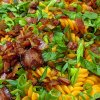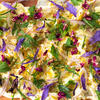

How to Make Rainbow Pasta With Pantry Items | Indoor Family Acti…

Q&A with Organizational Pro Peter Walsh + Dermatologist Shares A…

Actor Hank Azaria + Freezer Meals + Artichokes 2 Ways with Rach

See Inside Barbara Corcoran's Stunning NY Apartment + It's Steak…

The Best Moments From 17 Seasons of the Show Will Make You Laugh…

Donnie Wahlberg + Jenny McCarthy Say Rach Is Such a "Joy" + Look…

Donnie Wahlberg Spills Details About NKOTB's First Ever Conventi…
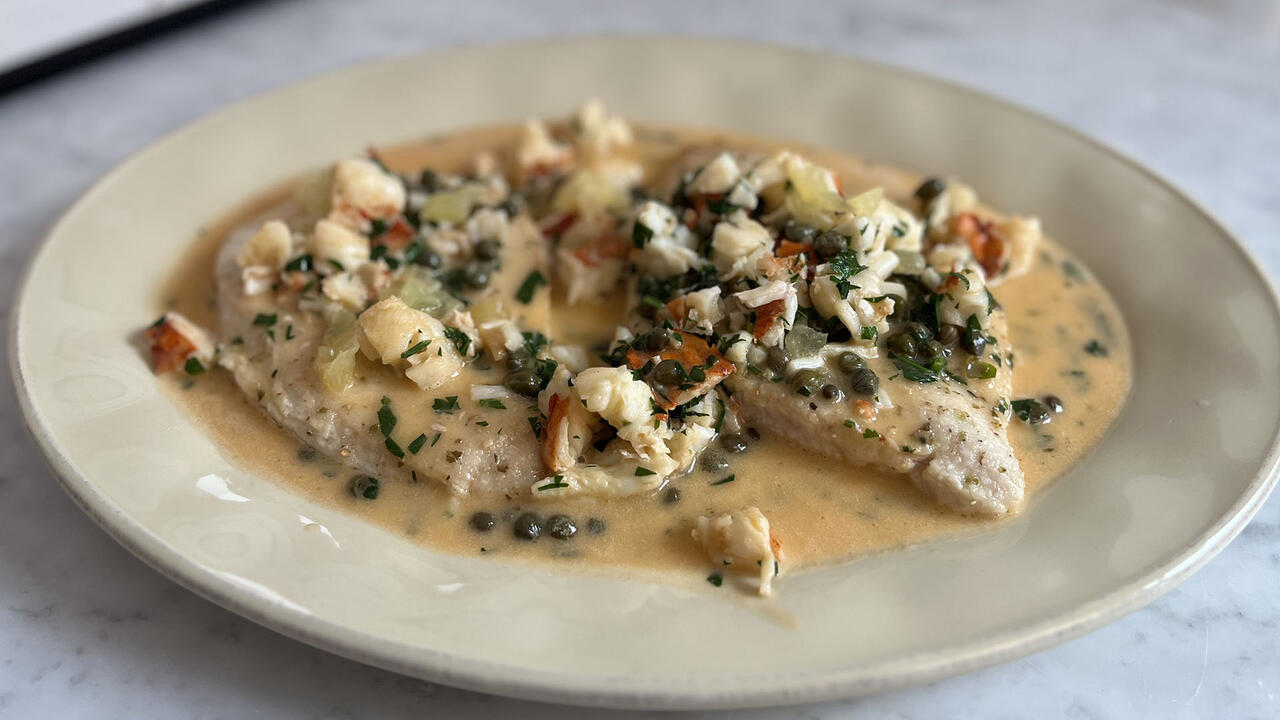
How to Make Chicken and Lobster Piccata | Richard Blais

How to Make Crabby Carbonara | Rachael Ray
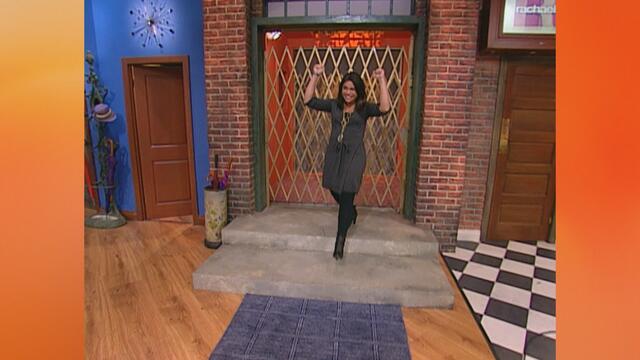
Rach Chats "Firsts" In Flashback From Our First Episode Ever In …
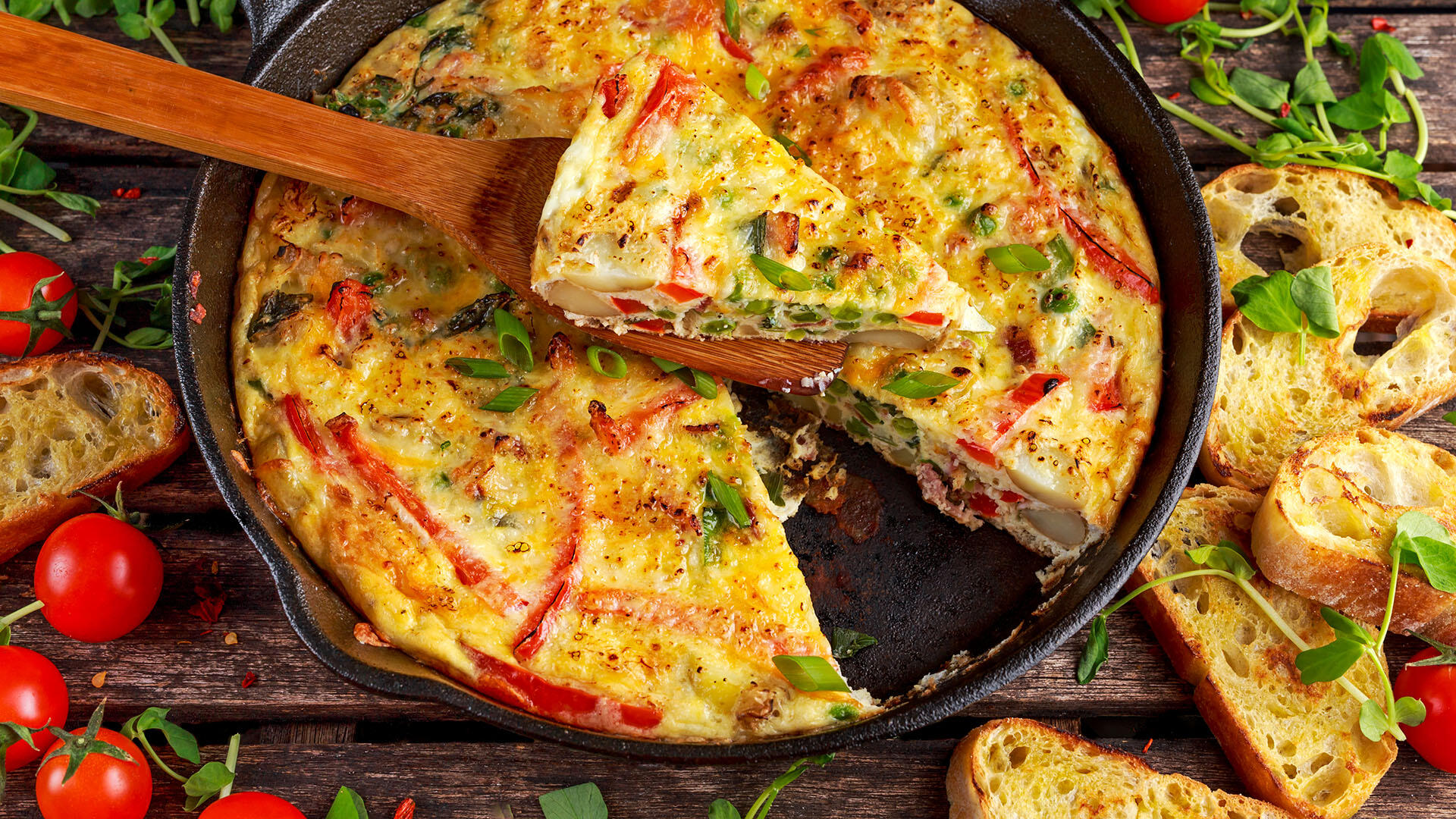
How to Make Tortilla with Potatoes, Piquillo Peppers and Mancheg…
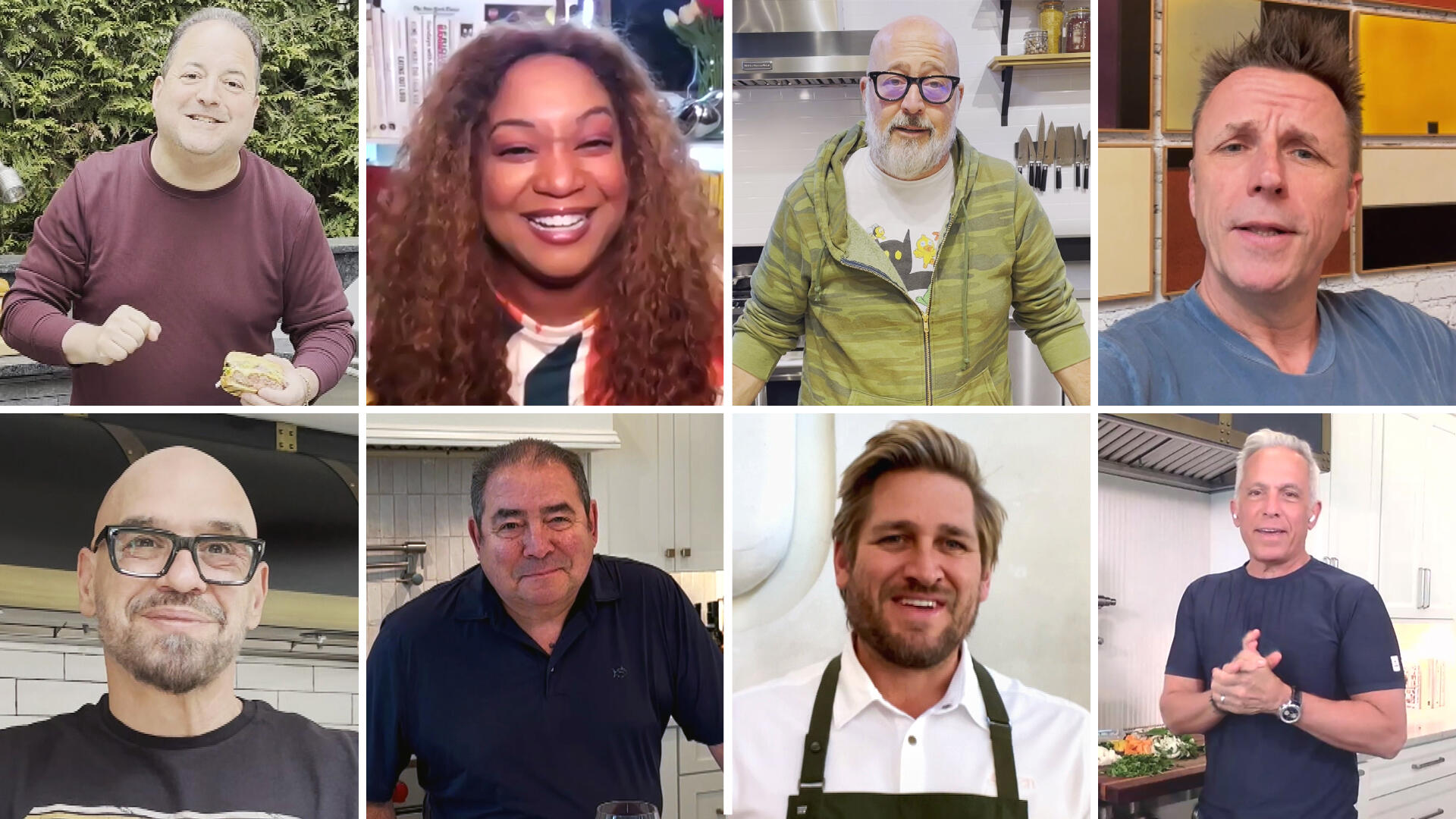
Rach's Chef Pals Say Goodbye to Show in Surprise Video Message
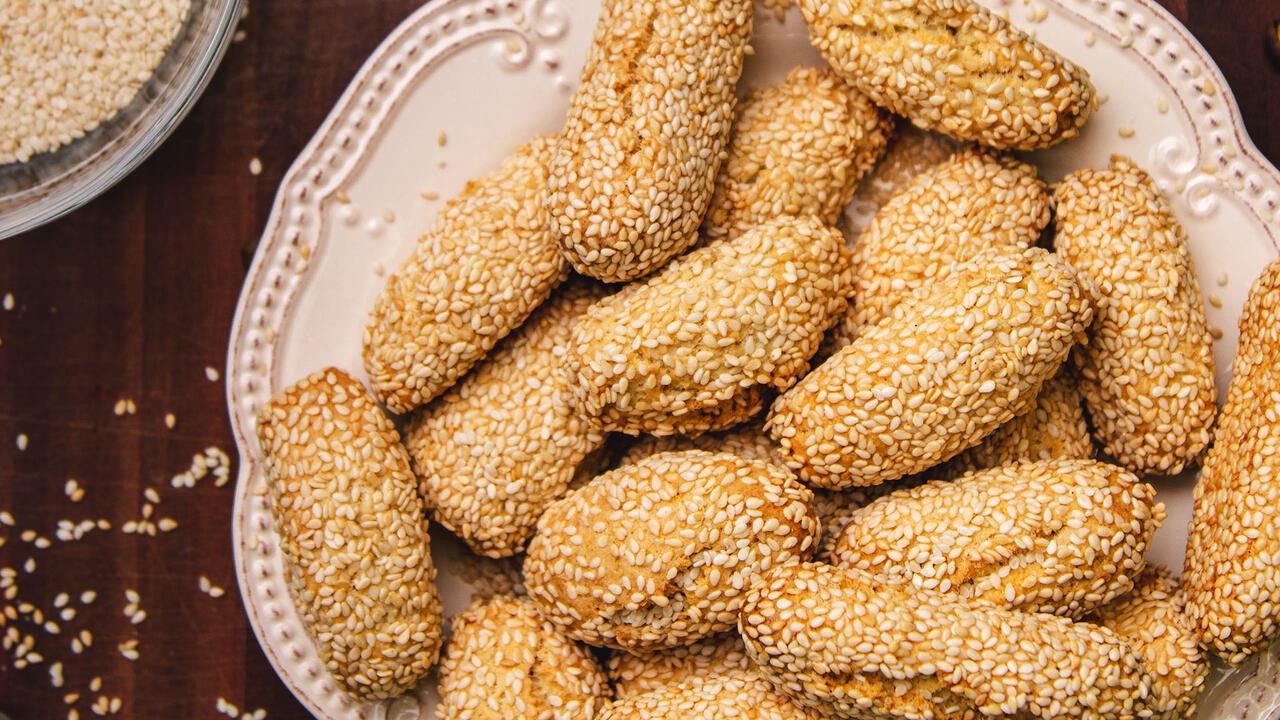
How to Make Sesame Cookies | Buddy Valastro
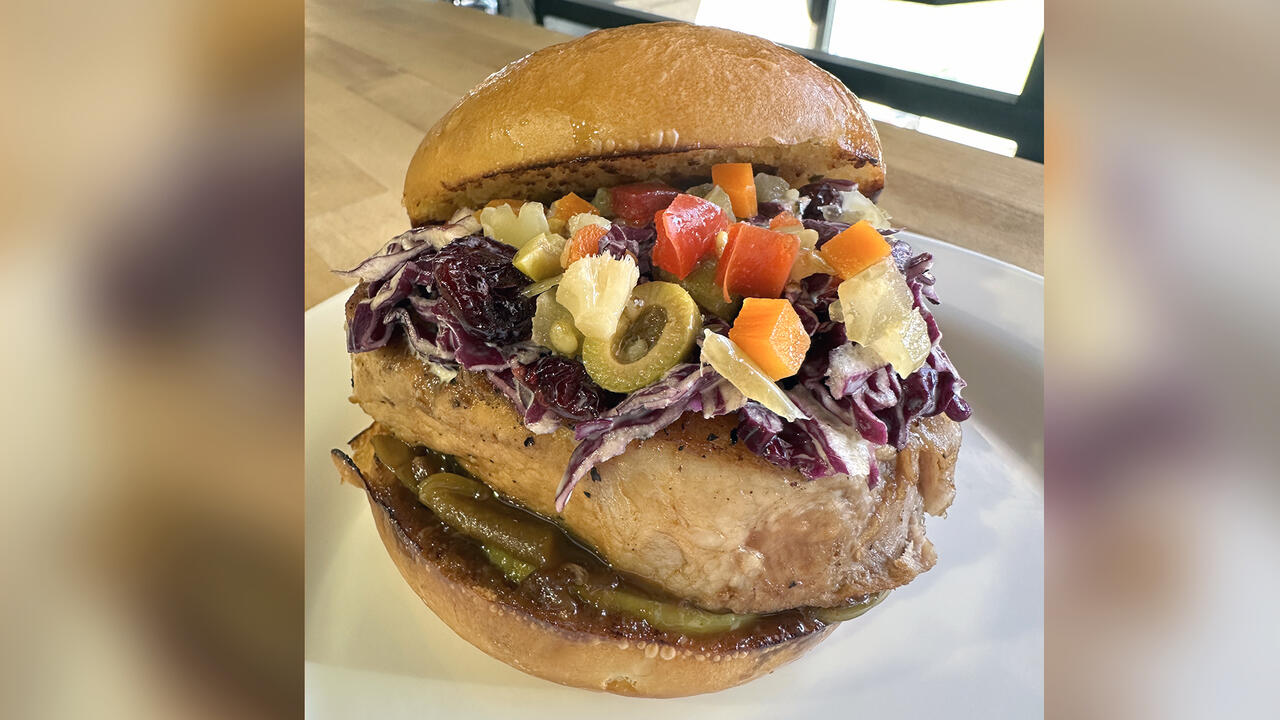
How to Make Apple-Cider Braised Pork Chop Sandwiches with Onion …

Celebrity Guests Send Farewell Messages After 17 Seasons of the …

Andrew McCarthy Chokes Up Discussing Emotional Trip to Spain wit…
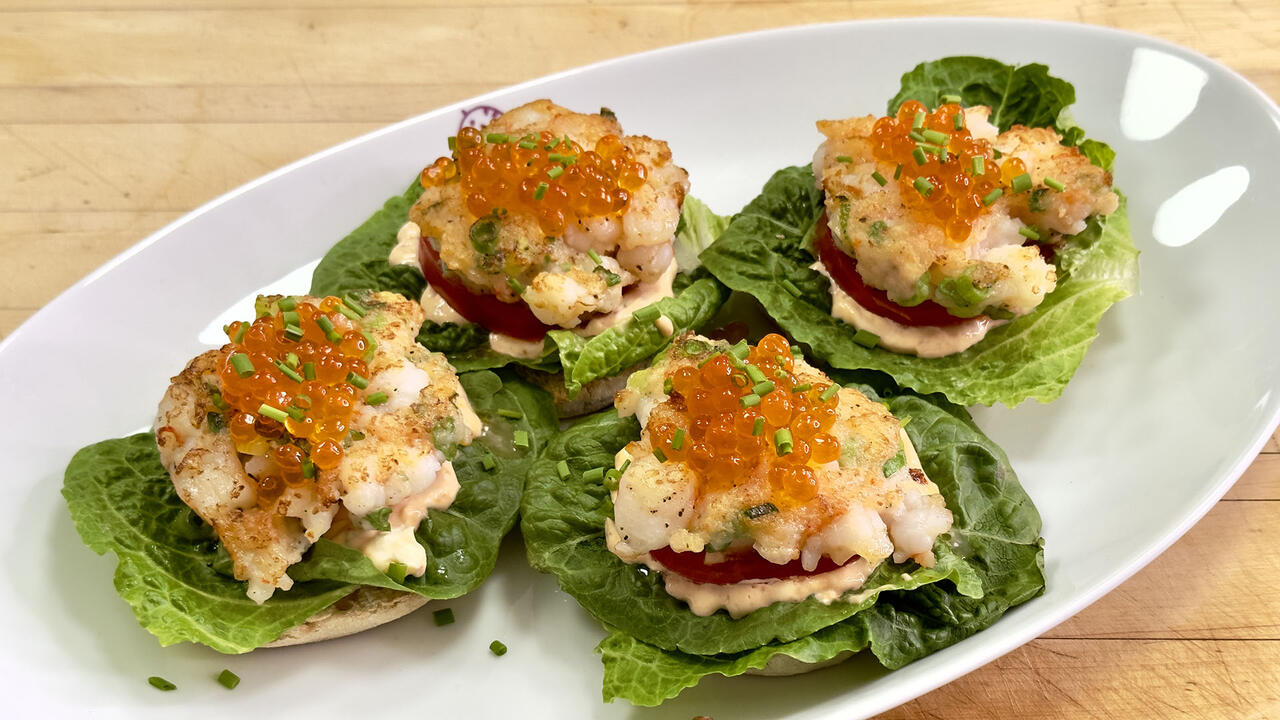
How to Make Shrimp Burgers | Jacques Pepin

How to Make Spanakopipasta | Rachael Ray

Andrew McCarthy Teases Upcoming "Brat Pack" Reunion Special

Celebrity Guests Send Farewell Messages After 17 Seasons of the …

Michelle Obama Toasts Rach's 17 Years on the Air With a Heartfel…
Each product has been independently selected by our editorial team. We may receive commissions from some links to products on this page. Promotions are subject to availability and retailer terms.
While we may slowly be starting to venture out into the world more and more, let's be honest, we're still spending plenty of time inside.
And if you're like us, you may be running out of creative things to do as a family.
Enter our guest Dr. Kate Biberdorf (a.k.a. Kate The Chemist), author of The Awesome Book of Edible Experiments For Kids, who kindly shared a quite literally delicious experiment for you and your kids: the rainbow pasta taste experiment!
Basically, you take three different flours from your pantry to make homemade pasta, add food dye to each one so you can keep track of which is which, cook it, and finally, do a taste test to find out which one's the tastiest while admiring the technicolor hues of your meal.
Ready to try it for yourself? Andiamo!
NOTE FROM KATE: "Before this, I did a tomato sauce experiment, so I wanted to find a way to use the sauces. I had just restocked the pantry, so I decided to make some fresh pasta using three different types of flour. Feel free to use your science skills and experiment with whatever flour you have in your pantry — I just used three flours I had in mine."
MATERIALS
- 9 eggs
- Small bowl
- Whisk
- 2 cups all-purpose flour
- 2¼ teaspoons plus 1–2 tablespoons salt
- Mixing bowl
- 3 tablespoons olive oil
- 1½ teaspoons food coloring (3 different colors; optional)
- Plastic wrap
- 2 cups cake flour
- 2 cups whole wheat flour
- Rolling pin
- Knife
- Water
- Large pot
- Stove
- Spider strainer
DIRECTIONS
- Crack 3 eggs into the small bowl.
- Use the whisk to gently beat the 3 eggs into a homogenous mixture, so it all looks the same. Set aside.
- Add the all-purpose flour and ¾ teaspoon salt to the mixing bowl and stir (or use an electric mixer with the hook attachment).
- Add the egg mixture, 1 tablespoon oil, and ½ teaspoon of food coloring (in the first color, if using different colors) to the flour mixture and stir.
- Knead the dough by hand until it is one cohesive ball of dough (or use an electric mixer for about 2–4 minutes). PRO TIP: If your dough feels dry, add ⅛ teaspoon of water and stir. Repeat until the dough sticks together.
- Wrap the dough in plastic wrap. If you are not using food coloring, label the dough as Experiment A. Set aside for 30 minutes. If you are using food coloring, record which color you used for Experiment A.
- While the dough is resting, crack 3 more eggs, then use the whisk to gently beat the 3 eggs into a homogenous mixture in the small bowl. Set aside.
- Add the cake flour and ¾ teaspoon salt to medium bowl and stir.
- Repeat steps 4–6 (using a different color for the dough).
- Wrap the dough in plastic wrap, label as Experiment B (or record which color was used for Experiment B), and set aside for 30 minutes.
- While the second dough is resting, crack 3 more eggs, then use the whisk to gently beat the 3 eggs into a homogenous mixture in the small bowl. Set aside.
- Add the whole wheat flour and ¾ teaspoon salt to medium bowl and stir.
- Repeat steps 4–6 (using a different color for this dough too).
- Wrap the dough in plastic wrap, label as Experiment C (or record which color was used), and set aside for 30 minutes.
- At this time, the dough for Experiment A should be ready. Remove the plastic wrap and use a rolling pin to roll out the dough. Try to make it as thin as possible.
- Ask a parent to help you cut the dough into your desired shape (e.g., long, skinny fettuccini; thicker pappardelle; butterfly-shaped farfalle; or hand-torn strapponi).
- Repeat steps 15–16 with the doughs made from Experiments B and C. PRO TIP: In order to minimize variables in your experiment, try to be consistent with the thickness of your dough. It’s also a good idea to use the same shape of pasta too.
- If you have a drying rack, you can hang your pasta to dry for the best consistency. (If not, it’ll still taste good.)
- Fill the large pot 2 ⁄3 full with water. Add the salt and bring the mixture to a boil.
- Add the pasta from Experiments A, B, and C to the water and cook for 2–5 minutes (or until the pasta is al dente). Cook the three batches of pasta separately if you didn't use food coloring.
- Use the spider strainer to remove the pasta from the water.
- Compare the color, texture, and taste of the different pasta noodles.
- Add your favorite sauce, stir, and enjoy your rainbow pasta!
MORE FROM KATE THE CHEMIST: What's The Best Way To Quickly Ripen Bananas For Banana Bread?

